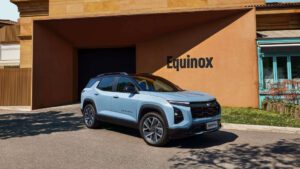Junkyard Gem: 1983 Honda Civic Sedan

For the 1984 model year, the brand-new third-generation Honda Civic became a lot bigger and got a new suspension, forever distancing itself from its N600 ancestry. That made the 1983 Civic the final car of a very significant era in Honda history, and I’ve found one of these rare machines in a Denver-area car graveyard.
The second-generation Civic was a bit larger than its 1973-1979 predecessors but was still recognizable as the amazingly reliable and fuel-efficient car that arrived here just in time for the 1973 OPEC oil embargo. This car’s curb weight was still under a ton, at 1,973 pounds (the base ’83 Civic 1300 3-door hatchback scaled in at a mere 1,773 pounds).
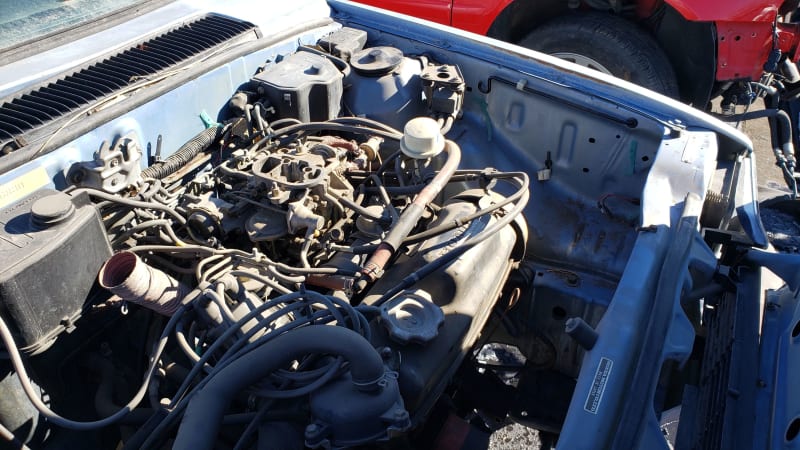
The Civic sedan for 1983 came with just one engine choice: this 1.5-liter 12-valve four equipped with the innovative CVCC dual-combustion-chamber system. It was rated at 67 horsepower, seven more than the 1.3 engine in the cheaper Civics that year. Sadly, the sporty Civic S trim level was available only on hatchbacks here.
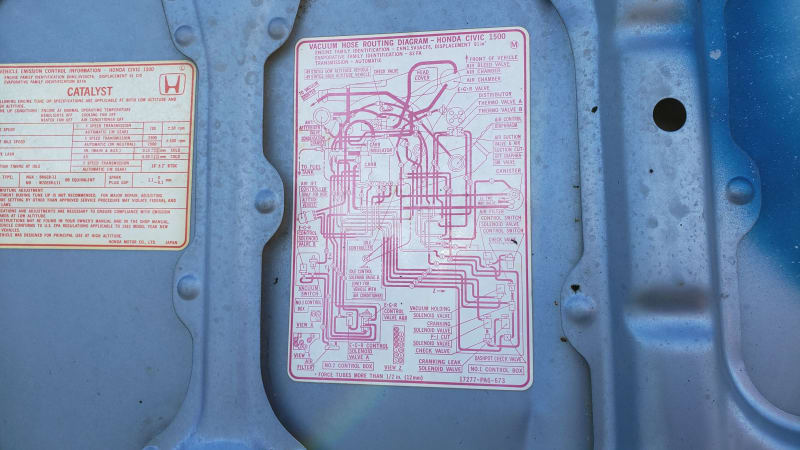
The CVCC system got increasingly complex in order to keep up with ever-stricter emissions requirements, leading to the terrifying “Map of the Universe” vacuum-hose tangle in the 1985-1987 cars. The 1983 diagram under the hood of this car looks intimidating, but could still be understood by ordinary mortals.
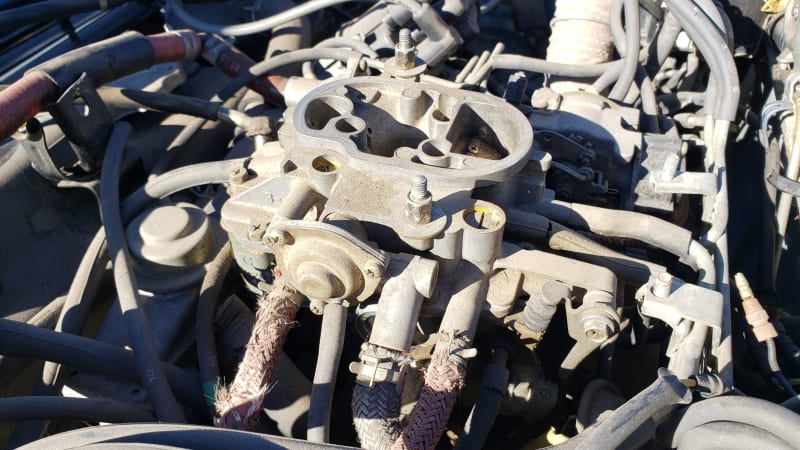
In practice, the CVCC-equipped Hondas were very reliable, despite the weird two-carbs-in-one design and all those vacuum lines. I’ve owned a half-dozen CVCC engines over the years.
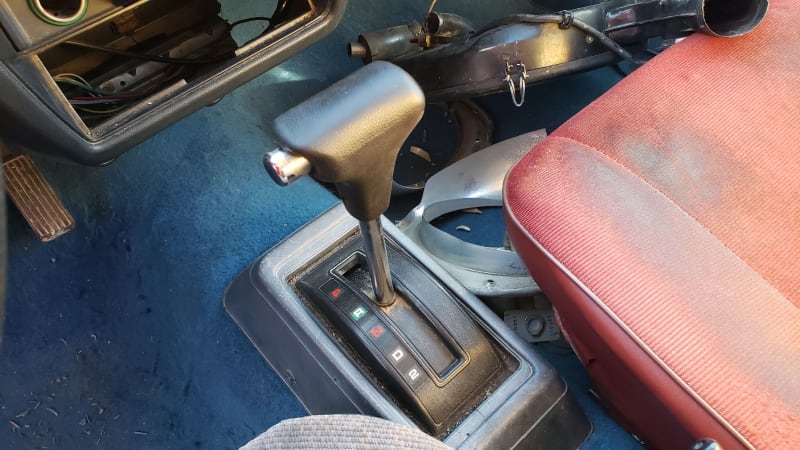
What really makes this particular Junkyard Gem a special piece of history is its transmission: the Hondamatic. 1983 was the last year for this oddball motorcycle-derived gearbox in the Accord and Civic, after which Honda made the transition to ordinary automatic transmissions.
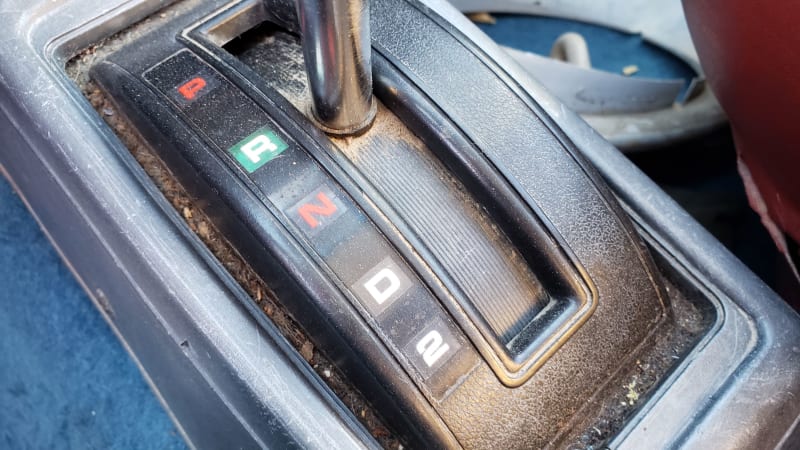
Some make the claim that the Hondamatic was the last two-speed automatic transmission you could get in a new American-market car, but I disagree (the last two-speeds went into 1973 Chevrolet Novas and Vegas). The Hondamatic did have gearsets for two forward ratios, but it didn’t shift automatically and it featured torque-converter multiplication to give it what amounted to a third ratio. Therefore, it was neither an automatic nor a two-speed. The driver could put the shifter in D— which put the transmission in the tallest gear range— and let the torque converter do the rest, which made for some miserably slow off-the-line acceleration but did work if you were patient. In practice, you were supposed to start out in 2 and then upshift to D once you got the car rolling at a decent clip (earlier Hondamatics used 1 and 2 shifter positions to accomplish the same thing).
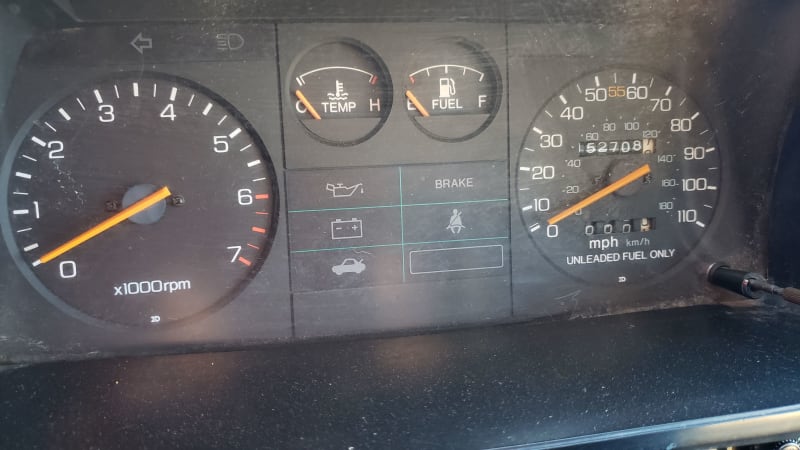
Honda USA had just gone to six-digit odometers a couple of years earlier, so we are able to see that this car just squeezed past the 150,000-mile mark during its 40 years on the road. I’ve seen a lot more miles on other Hondas of this era, but 150k isn’t bad for a Late Malaise Era car.

Most second-generation Civics you’ll find will be hatchbacks, so that’s another reason this is a notable Junkyard Gem.
Handles four people comfortably. Handles the road smoothly. Handles gas prices economically.
Its Japanese-market counterpart, the Ballade, got much classier ads.
While Honda worked with British Leyland to develop the Sterling and Legend, the second-generation Civic was developed into the UK-market Triumph Acclaim.
